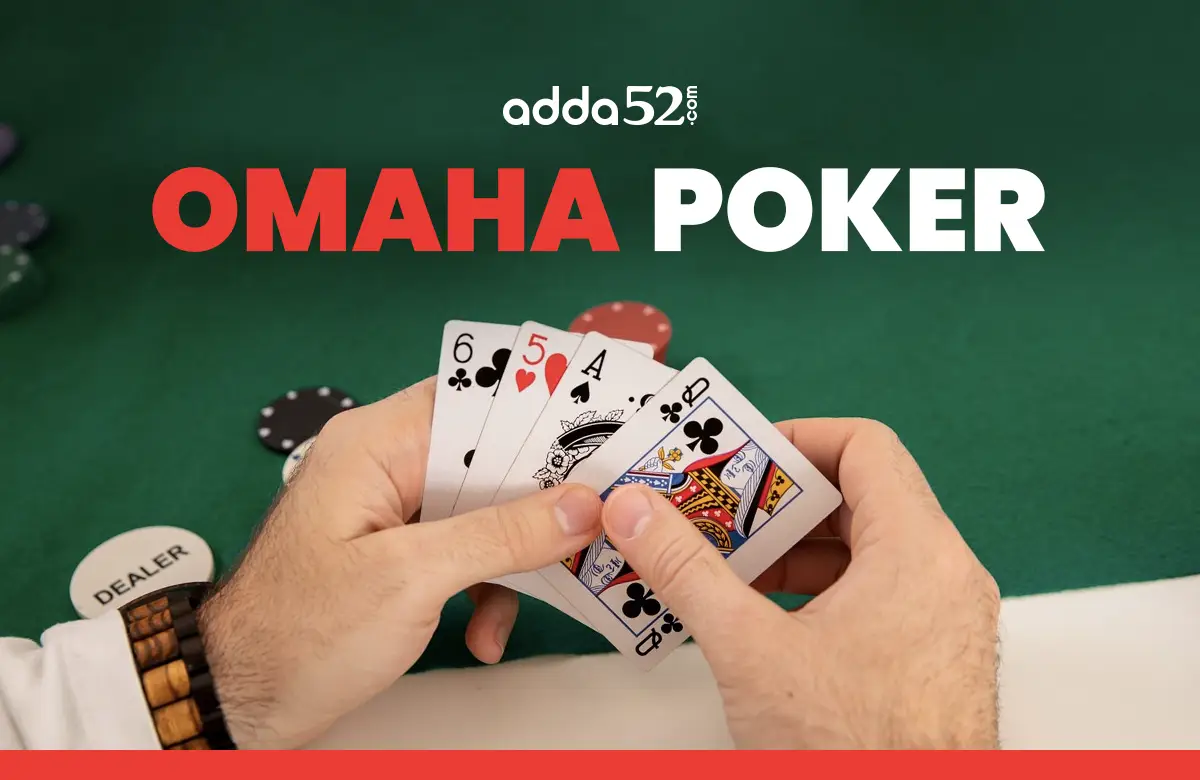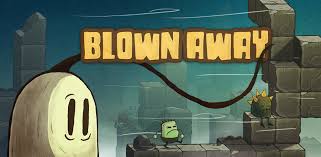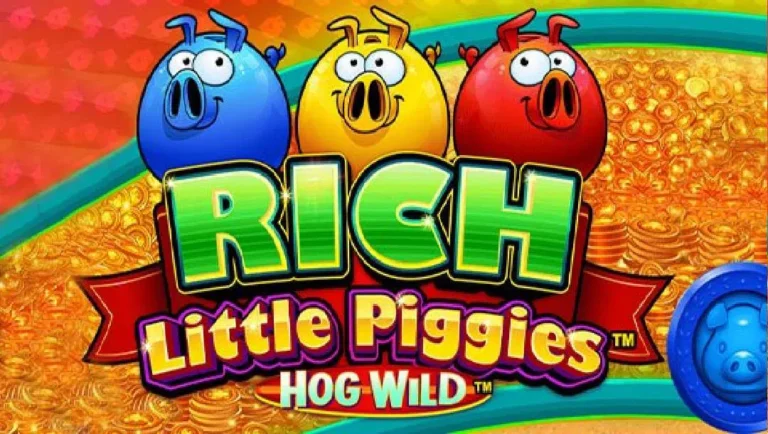
Omaha Hi Poker
Omaha Hi can be played as a cash game or tournament. Each format influences how aggressive or conservative players might be and shapes overall strategy. For example, tournaments often push players towards tighter play in early stages, while cash games tend to feature more frequent bluffs and speculative hands win33.
Advanced Strategies for Winning at Omaha Hi Poker
Mastering Omaha Hi Poker requires more than understanding basic rules; it demands strategic thinking, hand selection, and psychological insight. This section breaks down advanced tactics for gaining an edge over opponents.
Starting Hand Selection and Its Critical Role
Choosing the right starting hands in Omaha Hi is arguably the most important factor influencing your success. Due to the four hole cards dealt, there are numerous potential combinations, emphasizing the importance of disciplined hand selection.
Strong Starting Hands: Hands such as A-A-K-K double-suited, A-A-J-T connected, or suited connectors like Q-J-10-9 are highly valued because they offer multiple ways to make strong hands. These hands have the potential to hit the nuts or near-nuts on various boards, giving you leverage during betting rounds.
Weak or Playable Hands: Hands with no coordination or suitedness should generally be folded. Overly speculative hands can lead to costly mistakes, especially if you chase unlikely draws. Patience and discipline in folding weak hands save chips in the long run.
Consideration of Position: Your position at the table significantly affects which hands to play. In late position, you can afford to be more aggressive with marginal hands due to the informational advantage, while in early position, conservative play is advised.
Pot Odds, Implied Odds, and Equity Calculation
Success in Omaha Hi hinges on accurate assessment of odds and potential payouts. Players must evaluate whether chasing a draw or continuing in a hand is profitable based on pot odds and implied odds.
Pot odds refer to the ratio between the current size of the pot and the cost of a contemplated call. If the potential reward outweighs the risk, calling is justified. Implied odds extend this concept, factoring in future bets and the possibility of winning a larger pot.
Calculating equity — the probability of winning a hand at a given moment — helps determine whether a particular move is favorable. Tools like poker calculators or experience-driven intuition are invaluable here, especially when considering multi-way pots or complex draw scenarios.
Reading Opponents and Betting Patterns
Identifying opponents’ tendencies is crucial. In Omaha Hi, players often have predictable patterns based on their starting hands, betting behavior, and positional awareness.
Aggressive vs. Passive Play: Some players are prone to frequent raises and bluffs, while others prefer slow plays and cautious checks. Recognizing these styles allows you to adjust your own approach accordingly.
Bet Sizing and Timing: Notice how opponents structure their bets — small bets might indicate weakness or drawing hands, while large bets could signify strong holdings or bluffs. Timing also matters; delayed aggression or sudden bets may reveal information about hand strength.
Using Behavior to Your Advantage: Observe betting patterns across multiple hands. Consistent aggression with weak holdings might be exploited by trapping, while overly cautious opponents might be bullied out of pots with semi-bluffs.
Bluffing and Semi-Bluffing Techniques
While bluffing is an inherent part of poker, Omaha Hi Poker offers unique opportunities due to the abundance of draws and potential for big hands. Effective bluffing involves understanding when your opponent is likely to fold and ensuring that your own betting tells a convincing story.
Semi-bluffs, which combine bluffing with the hope of hitting a draw, are particularly potent in Omaha Hi. For example, betting aggressively with a flush or straight draw can pressure opponents into folds while giving you additional outs if called.



